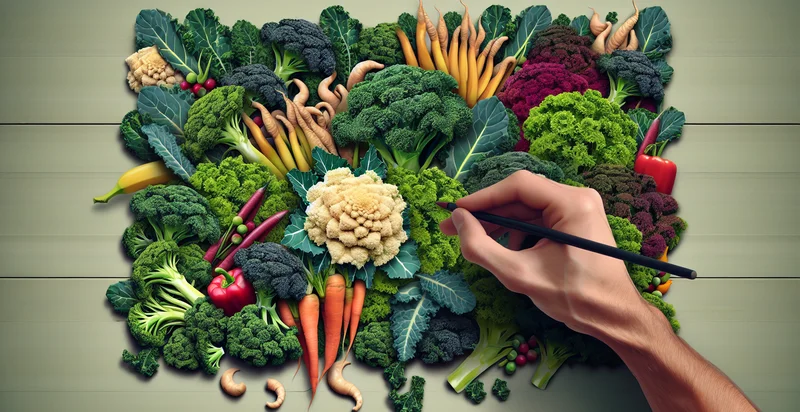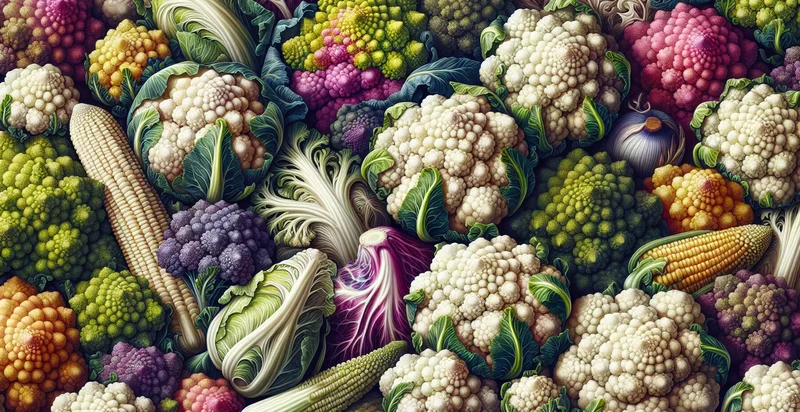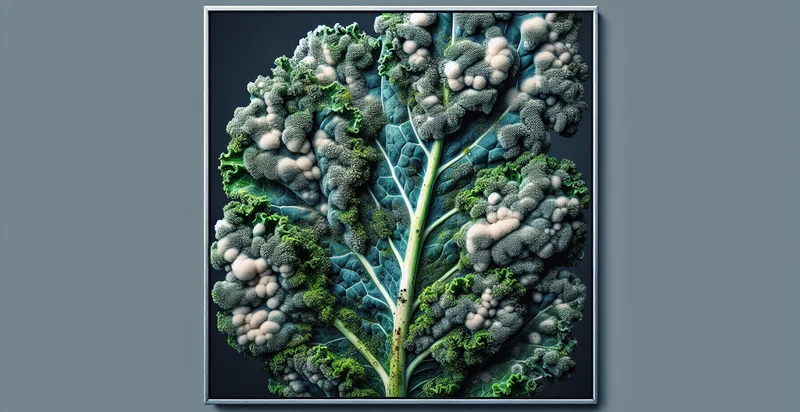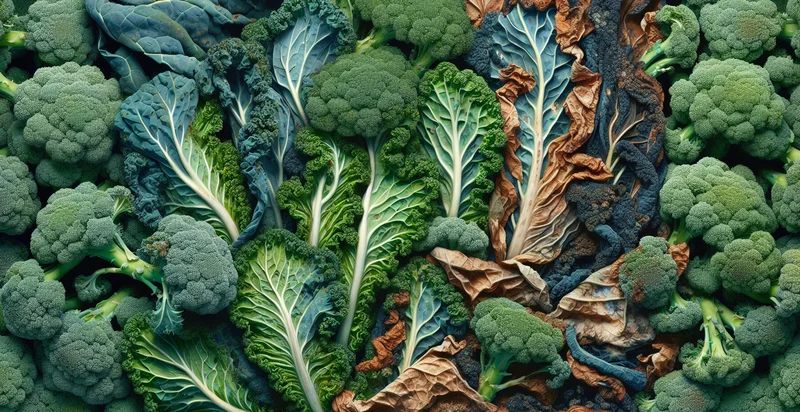Identify kale species
using AI
Below is a free classifier to identify kale species. Just upload your image, and our AI will predict what species of kale it is - in just seconds.

Contact us for API access
Or, use Nyckel to build highly-accurate custom classifiers in just minutes. No PhD required.
Get started
import nyckel
credentials = nyckel.Credentials("YOUR_CLIENT_ID", "YOUR_CLIENT_SECRET")
nyckel.invoke("kale-species", "your_image_url", credentials)
fetch('https://www.nyckel.com/v1/functions/kale-species/invoke', {
method: 'POST',
headers: {
'Authorization': 'Bearer ' + 'YOUR_BEARER_TOKEN',
'Content-Type': 'application/json',
},
body: JSON.stringify(
{"data": "your_image_url"}
)
})
.then(response => response.json())
.then(data => console.log(data));
curl -X POST \
-H "Content-Type: application/json" \
-H "Authorization: Bearer YOUR_BEARER_TOKEN" \
-d '{"data": "your_image_url"}' \
https://www.nyckel.com/v1/functions/kale-species/invoke
How this classifier works
To start, upload your image. Our AI tool will then predict what species of kale it is.
This pretrained image model uses a Nyckel-created dataset and has 14 labels, including Baby Kale, Curly Kale, Dinosaur Kale, Green Kale, Kohlrabi Kale, Lacinato Kale, Leaf Kale, Ornamental Kale, Peacock Kale and Purple Kale.
We'll also show a confidence score (the higher the number, the more confident the AI model is around what species of kale it is).
Whether you're just curious or building kale species detection into your application, we hope our classifier proves helpful.
Related Classifiers
Need to identify kale species at scale?
Get API or Zapier access to this classifier for free. It's perfect for:
- Crop Monitoring: This functionality can be integrated into precision agriculture platforms to help farmers monitor their kale crops. By accurately identifying different kale species, growers can optimize care strategies based on the specific needs of each variety.
- Supply Chain Management: Food distributors can utilize this classification tool to ensure that the correct kale species is being handled at each stage of the supply chain. This enhances traceability and helps mitigate the risk of mislabeling, thereby maintaining quality standards.
- Culinary Applications: Restaurants and culinary schools can employ the kale species identifier to educate chefs and students about various types of kale. This knowledge can enhance dish preparation and presentation, allowing for more innovative and flavorful menus.
- Nutritional Research: Researchers studying the nutritional differences between kale species can use this classification function to categorize and analyze samples systematically. This could lead to more comprehensive studies on health benefits and promote the consumption of less common varieties.
- Retail Quality Control: Grocery stores can implement this tool for quality control in their produce departments. By accurately identifying the species of kale, retailers can guarantee product freshness and offer consumers the best varieties available.
- Genetic Diversity Studies: Botanists and agricultural scientists can utilize the kale species identifier for studying genetic diversity among kale species. This data could be crucial in breeding programs aimed at developing more resilient and nutritious crop varieties.
- Educational Tools: Schools and educational programs focused on botany and agriculture can integrate this classification function into hands-on activities. By using real-life examples, students can learn about biodiversity and plant identification in a practical and engaging way.


